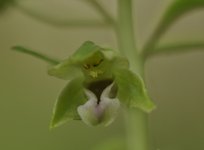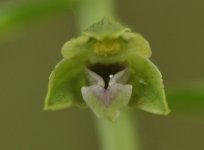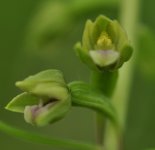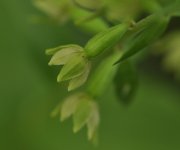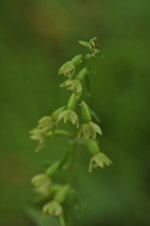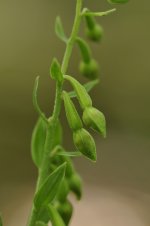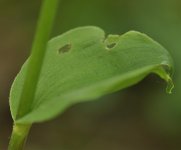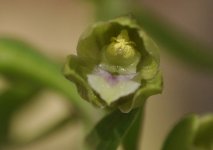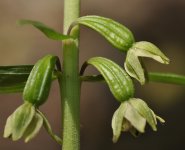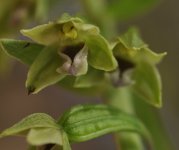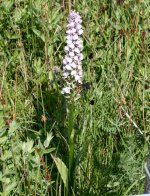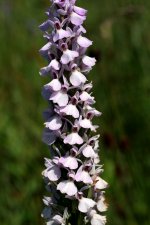Ghostly Vision
Well-known member
Here are some pics from today - part 1, all Dune helleborines.
Note the lip has a pinkish centre with a green tip, a wide gap at the base of the outer section, no "bosses" as the base, just smooth bumps. The pollen is crumbling onto the stigma in all cases.
The base of the pedicels is usually pinkish to dark purple.
The ovaries are slightly hairy.
The flowers in many cases today were quite droopy, but on others just below the horizontal.
Almost always with two rows of leaves going up the stem in a graceful form.
Next post has some anomalous plants....
Note the lip has a pinkish centre with a green tip, a wide gap at the base of the outer section, no "bosses" as the base, just smooth bumps. The pollen is crumbling onto the stigma in all cases.
The base of the pedicels is usually pinkish to dark purple.
The ovaries are slightly hairy.
The flowers in many cases today were quite droopy, but on others just below the horizontal.
Almost always with two rows of leaves going up the stem in a graceful form.
Next post has some anomalous plants....




